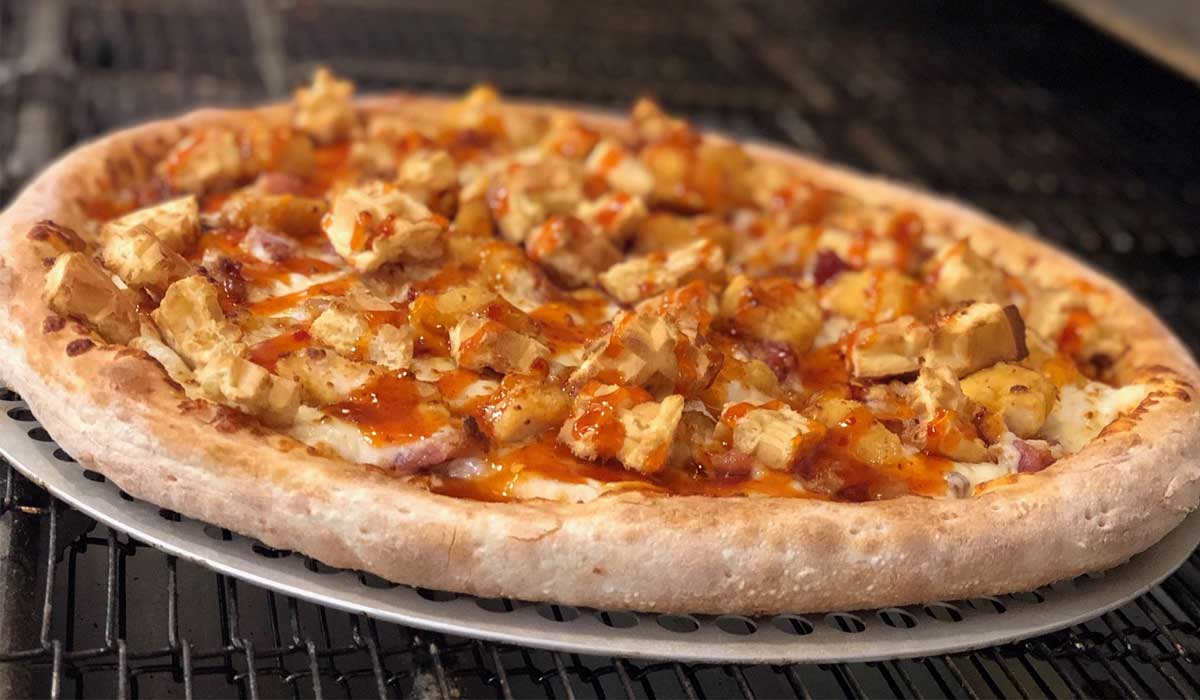When a customer goes to a restaurant, the main draw or deterrent is typically the food. Does the meal taste good? Are the ingredients fresh? Did the customer receive it at the appropriate temperature?
But digital experience plays an increasingly large role: Less than half of quick-service restaurant customers prefer to place an order with an employee, and 70 percent of digital orders come from the brand’s website or mobile app.
Understanding this importance, the American Customer Satisfaction Index (ACSI) included mobile app experience benchmarks for the first time in its Restaurant Report 2018–2019.
The quality and reliability of quick-service restaurant mobile apps debuted with ACSI scores of 81 and 80 (on a 100-point scale), respectively. That’s below website satisfaction, which scored 82, and in the bottom half of other ACSI customer experience benchmarks such as accuracy of food order, courtesy and helpfulness of staff, and food quality.
For the largest players in the limited-service space, you might be surprised who provides the best digital experience.
The best customer satisfaction doesn’t mean the best app
Papa John’s has every measured quick-serve beat when it comes to mobile app quality. In fact, Papa John’s has the highest mobile quality rating the ACSI has recorded for an individual company—to put the score in perspective, Amazon’s app nets a quality score lower than Papa John’s.
With an overall ACSI score of 80, Papa John’s is one quick-serve bucking the typical trend that a better ACSI score translates to better mobile scores in limited-service restaurants. It’s the same for another pizza chain, Pizza Hut. Its ACSI score is 80, about the middle of the pack, but its mobile reliability scores are higher than most. Since pizza places rely heavily on delivery, it’s unsurprising their mobile apps perform better relative to non-pizza quick-serves with higher satisfaction scores. Pizza chains likely need to have great apps for their delivery-focused business model to smoothly operate.
Another quick-service restaurant outlier is Sonic Drive-In, making its debut in the ACSI report this year. Despite its fourth-to-last-place ACSI ranking at 76, Sonic beat out seven other brands for mobile quality, earning mobile scores close to the industry average.
Chick-fil-A, which retains the overall customer satisfaction crown with an ACSI score of 86, has one of the highest app quality scores, matching the trend, though it doesn’t overtake Papa John’s. McDonald’s and Taco Bell have the lowest ACSI scores, and they both score the lowest for mobile quality and mobile reliability.
Well-performing mobile apps could mean big revenue growth for limited-service restaurants as digital orders are expected to grow by double-digits through 2020. Digital orders have already generated $26.8 billion, but only a surprising 30 percent of those orders come from third-party apps. The majority of customers order on brand apps.
Even companies that might not take their customer satisfaction seriously don’t mess around with mobile. The quick-service restuarant mobile reliability and mobile quality scores are higher than the industry’s overall ACSI score of 79.
Website satisfaction scores higher than mobile benchmarks
For limited-service restaurants, websites take a back burner to many fast food mobile apps, despite a website satisfaction score of 82, one point higher than mobile quality and two above reliability. Almost every quick-serve has mobile scores at or above their website score.
One of the outliers is Jack-in-the-Box. Its website performs above its mobile app in both quality and reliability. The other outliers are McDonald’s and Taco Bell. With mobile benchmark ratings far below others, McDonald’s and Taco Bell’s websites significantly outperform their mobile app reliability scores.
This suggests the chains haven’t put the same investment in mobile apps that their competitors have. However, with Taco Bell announcing its partnership with GrubHub, the quick-serve is likely betting third-party apps will soon take over the share of fast food orders from brand apps, despite research indicating customers prefer restaurant-branded apps due to additional rewards and savings.
Overall, the higher rating for industry websites over mobile apps make sense; websites have been around for longer, giving companies more time to refine them. But the limited-service restaurant whose mobile app experience ranks above its website is likely to reap the benefits in the long term.
Full-service restaurants leaning in on the take-out trend
Though many quick-serves have high-scoring app benchmarks, the full-service restaurants’ mobile apps are better by two to three points. Offering similar take-out and delivery options through their apps, full-service restaurants could take away market share from quick-service restaurants as the catering and delivery spaces become more competitive.
ACSI data found that full-service restaurant diners who order food for delivery are far more satisfied (83) than those who dine in (79). If the trend continues, more and more customers will likely skip the full-dining experience while continuing to indulge in their favorite foods.
With many limited-service restaurants announcing app investments, those that aren’t looking to improve the mobile experience could fall behind. Yet the decision to invest in digital needs to be weighed against the other customer satisfaction benchmarks like accuracy of orders, speed of check out, and restaurant cleanliness—all areas that took a hit in customer satisfaction this year.
While it’s best to perform well in all aspects of customer satisfaction, the bandwidth to do so isn’t always available. This leads to a careful balancing act of the different customer satisfaction benchmarks as each restaurant prioritizes investments that matter most for its business.
But many signs indicate quick-serves should invest in mobile technology—and to do so sooner rather than later.











